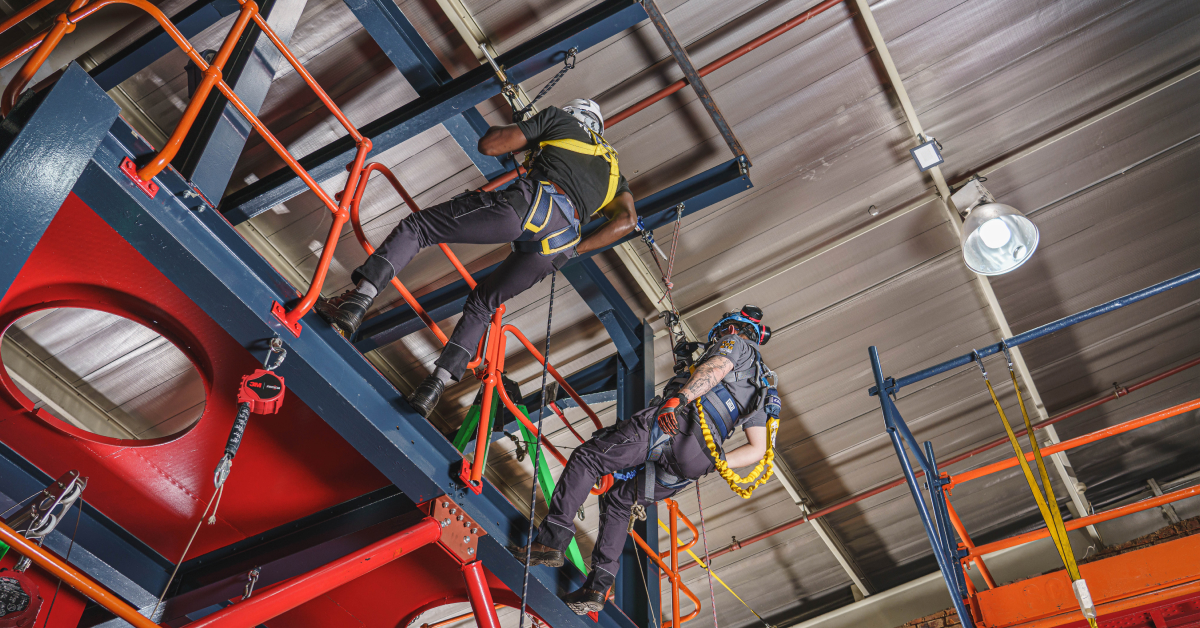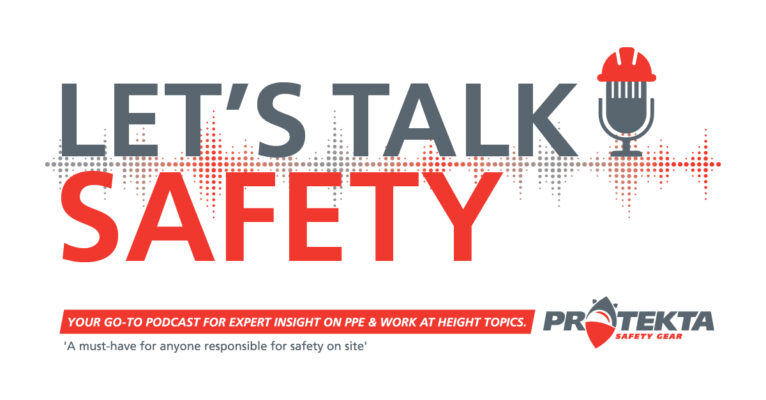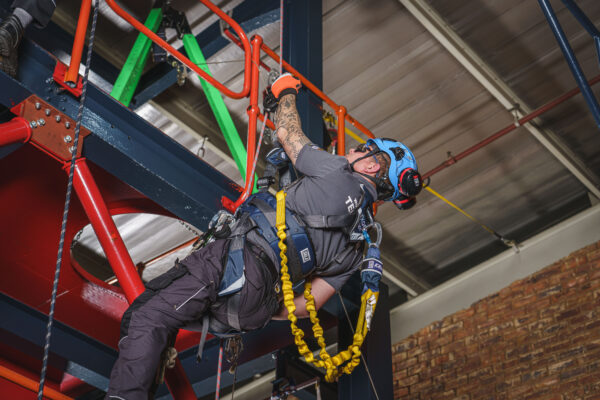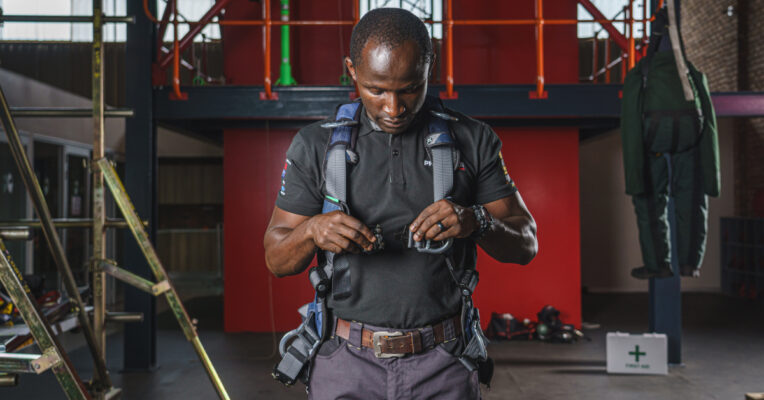Fall Protection, General, Podcast Articles, Training, Work at Heights
The Importance of Simulation in Work at Heights Training
The complexities of working at heights demand both theoretical understanding and practical, hands-on experience. The value of simulations in controlled environments stands out as a crucial element of effective training, aimed at ensuring employee safety on site and minimising downtime for companies.
Why is simulation necessary for work at height training?
1. Bridging Theory and Practice
Training for work at heights, should offer a balance between theoretical knowledge and its application. Simulations in controlled environments allow a safe space for learners to apply theoretical concepts, such as the ABCDs of fall protection—Anchor points, Body support, Connectors, and Descent and rescue plans—in real-world scenarios without the immediate risks.
2. Addressing Unique Worksite Challenges
Each worksite presents unique challenges; hence, it’s important to tailor your safety solutions to your company. Work at height training should be no different. Through simulation, trainees can experience a variety of situational challenges specific to different worksites. This approach not only enhances adaptability but also prepares workers for the unpredictability of actual environments.
3. Continuous Learning and Adaptation
The dynamic nature of worksite environments and safety technologies calls for continuous learning. Simulation-based training facilitates this by allowing for the incorporation of the latest safety standards, techniques, and equipment into the training curriculum, ensuring that learners are always at the cutting edge of safety practices. Book Work at Heights Training.
4. Mitigating Risks Through Practical Experience
Practical experience is irreplaceable, particularly in high-risk scenarios such as working at heights. Simulations allow for the safe exploration of high-risk situations, enabling trainees to make mistakes, learn from them, and adapt their strategies in a controlled setting. This hands-on experience is crucial for building confidence and competence, significantly reducing the risk of accidents in real work scenarios.
WAH Training Booking Enquiries: [email protected]
The transition towards incorporating simulations in controlled environments for work at heights training reflects an evolution in safety education, bridging the gap between knowledge and application.
As the official work at height training provider for 3M in Africa, our WAH training facility was built to try to simulate work environments in a controlled environment. This not only prepares workers for the physical demands of working at heights but also instills a mindset equipped to handle the unexpected, making simulation an indispensable part of quality work at at height training in South Africa. Visit us and see our industry leading training facility.
Interested in learning more about working at heights in South Africa? Read this article if you are wondering how long Working at Heights Training lasts for in South Africa.




